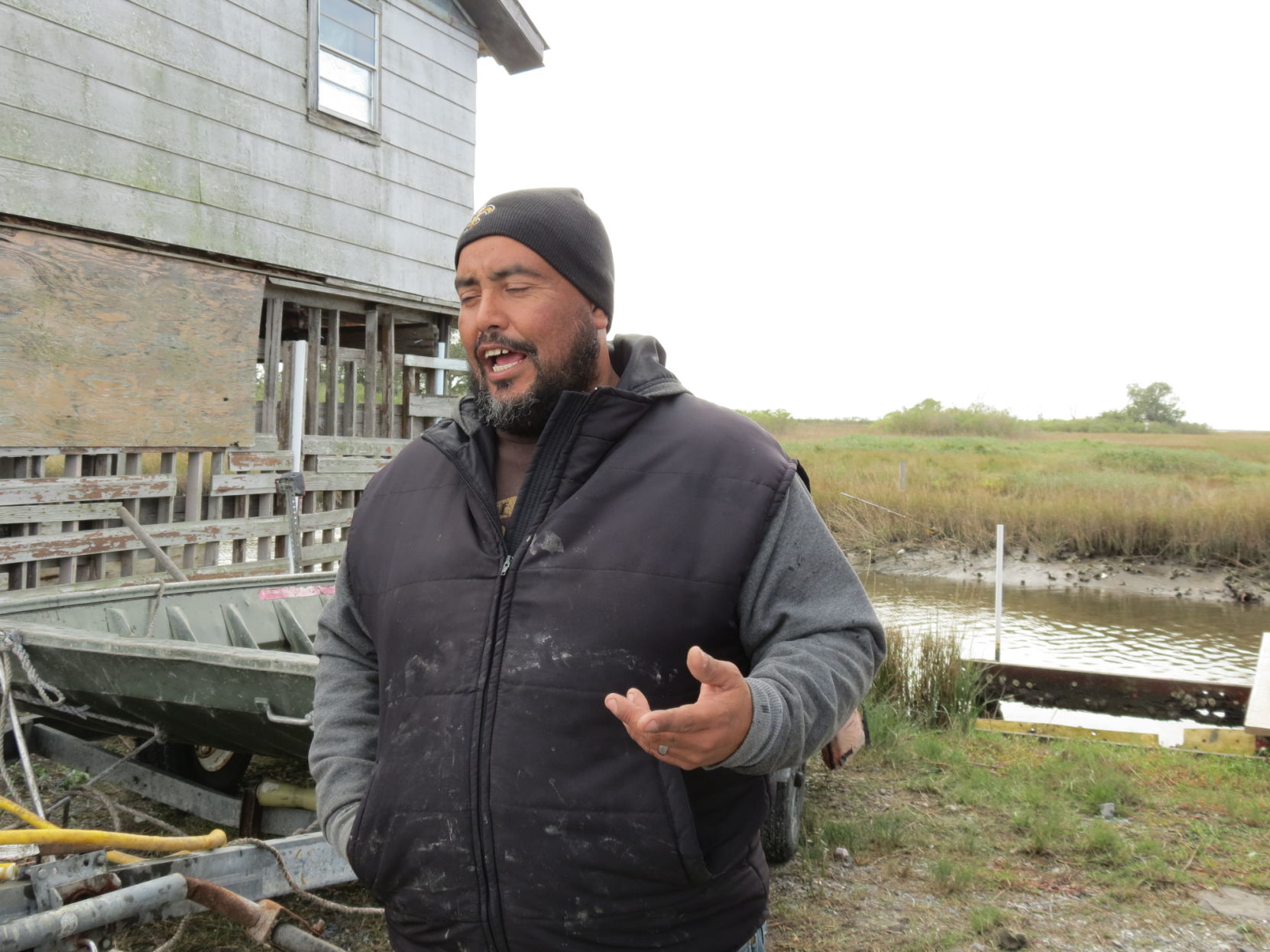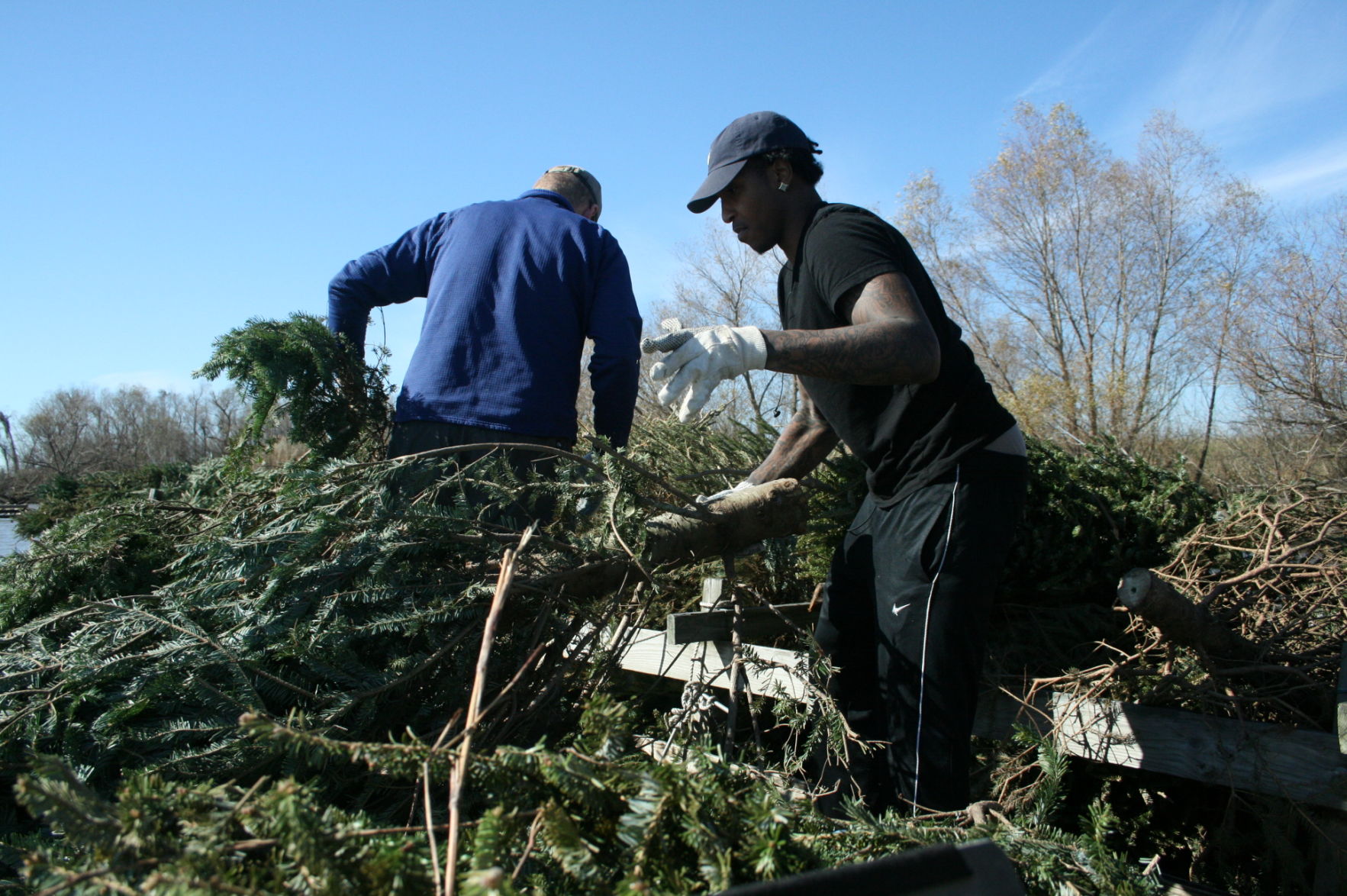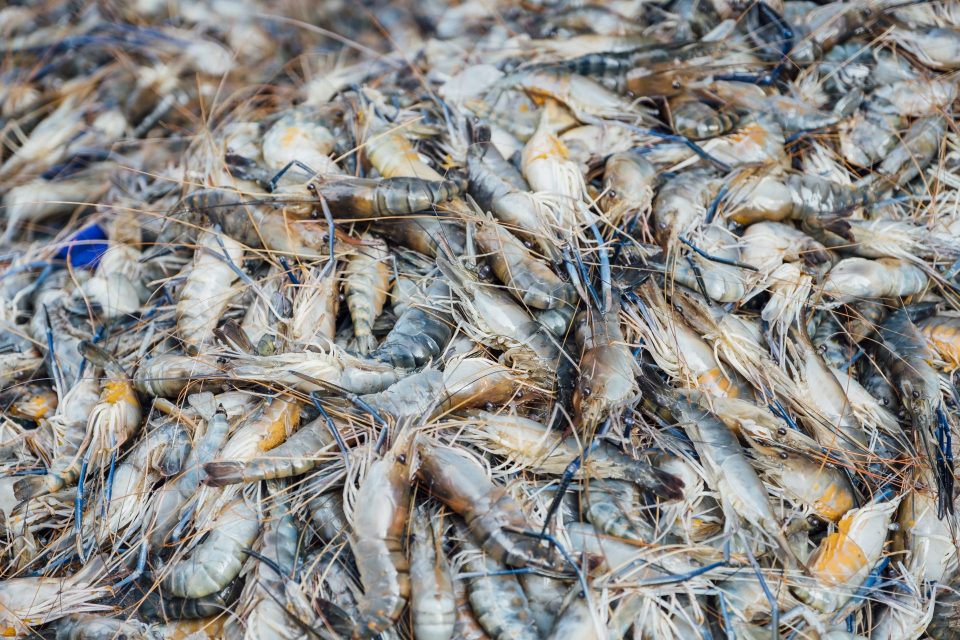
Registry process questioned: Maximum minimums give little regard to outcomes
January 6, 2015Our View: Here’s to hoping they find a cure soon
January 6, 2015Every year, Terrebonne Parish collects Christmas trees through Jan. 7, giving locals an opportunity to help coastal restoration efforts.
According to Terrebonne Parish Coastal Restoration and Preservation Director Nicholas Matherne, one of the most frequently asked questions is how can people help costal issues. The problem is that most people can’t help because of the price on major coastal restoration projects, but the Christmas tree program gives them an opportunity.
“Unless you have a few billion dollars to lend me, there just isn’t a whole lot an everyday citizen can do to prevent coastal erosion. It is such a large problem that has large solutions,” Matherne said. “They can get involved in advocacy groups fighting for projects and funding. They can get involved with planting groups. Of course, there is this program, which takes little effort to get involved. It literally takes putting a tree near the road on a certain day, which most people will do anyway.”
The trees are strategically placed in four-foot wooden cribs along the Intracoastal Canal north bank around Mandalay National Wildlife Refuge to prevent erosion.
“In our area, there is a good bit of sediment suspended in the water column. Along the Intracoastal Canal where the cribs are placed, you do get a lot of tidal action especially with all of the traffic,” Matherne said. “The wave energy pushes this sediment filled water through these trees. The trees act as a wave dampener and a filter. You are accomplishing two things in one. You are slowing down wave action, which prevents further erosion. The ultimate goal of the project is to accumulate enough sediment on the backside of the cribs to create new land.”
Although, the results are not increasing the amount of land, every little bit helps as the program has helped prevent further erosion to the area, which Matherne said is evident and can be seen through satellite imaging.
“You can look and clearly see a definite positive impact where the cribs are. If nothing else, we are definitely preventing erosion because you can see the shoreline to the immediate west and east from where our cribs are placed and it has eroded much more quickly,” he said. “We are definitely preventing further erosion. The areas behind the cribs are definitely shallow. We have not seen emergent marsh form from the project. We are collecting sediment and preventing further erosion in the area. We are hampering erosion.”
Coastal erosion prevention aside, another benefit for the project is raising awareness to other parts of the country.
Bayou Grace Community Services uses student volunteers from the University of Buffalo in New York to help collect and place the trees.
The students are part of an alternative break program where they volunteer for different projects around the country.
“When they come to Terrebonne to work for Bayou Grace, we always time it to where they can help us with the Christmas tree programs. Obviously we get the benefit of the volunteer help, but we also get people coming to our state and seeing our coastal erosion issues firsthand,” Matherne said. “They can take that back to their friends and family to different parts of the country.”
Volunteers help collect Christmas trees in an effort to restore the coastline near the Intracoastal Waterway north bank around Mandalay National Wildlife Refuge.








